I have warned repeatedly that Australian housing affordability will not improve by blanketing our cities with high-rise apartments, as planned by state and federal governments.
The reason is simple: it costs too much to build apartments. Therefore, they cannot be delivered at an affordable price to buyers.
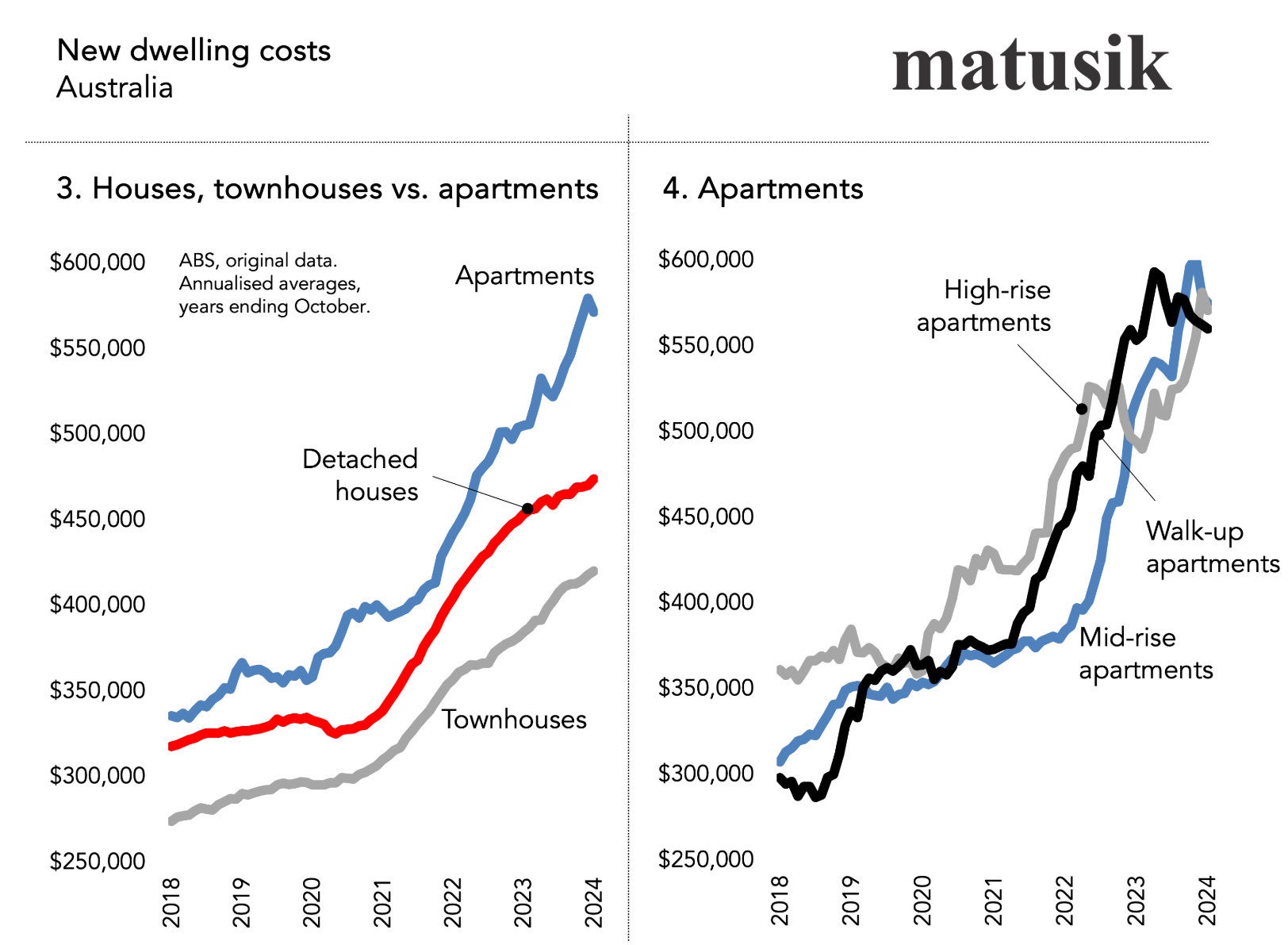
The exorbitant cost of apartment construction was highlighted by Urbis, which reported that selling prices of apartments in Australia’s major cities increased by a record 24% in the December quarter to more than $19,000 per square metre.
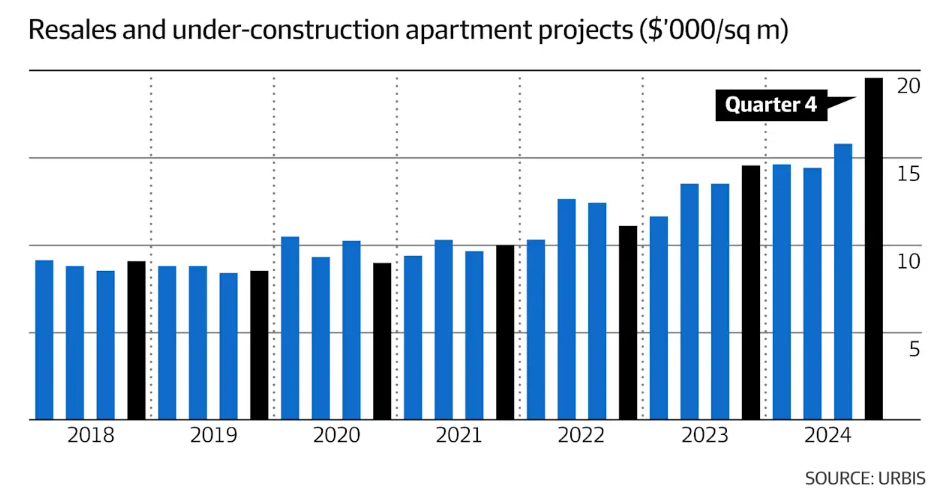
“In the last couple of years, the majority of sales across the country have been above $1 million, targeting that downsizer market”, Urbis director Mark Dawson stated.
Because of the high cost per square metre, developers have focused on building smaller shoebox apartments. As illustrated below, three- or more-bedroom units account for only a small proportion of the national apartment supply.
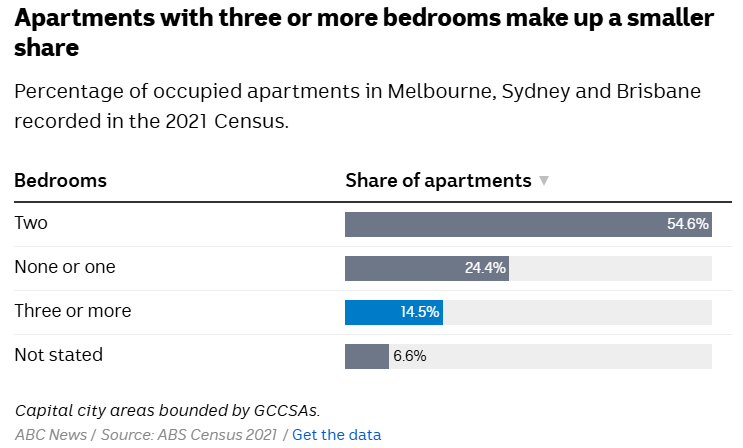
The YIMBY dream of affordable high-rise cities has been dealt another blow by Charter Keck Cramer, which revealed a six-figure gulf between what homebuyers will pay for units in several designated Victorian activity centres and the price needed for developers to make a profit.
According to Charter Keck Cramer national research director Richard Temlett, there is a $100,000-$300,000 difference between buyers’ current budgets and the cost of building units in most of Melbourne’s designated activity centres.
“Prices would have to be in the range from $875,000 to $1.05m to turn a profit at present”, Temlett said.
“These are the mid-market, entry-level homes. But our research shows that the market would be willing to pay $775,000″.
“These projects are very, very far from being financially viable”.
Temlett added that even on a square metre basis, there was a large gap between buyers and developers. That is, budgets are around $10,000 a square metre for buyers, but developers need at least $12,500 for the projects to be feasible.
Marshall White Projects’ Leonard Teplin noted that some suburbs already had more than a year’s worth of homes available for purchase.
“There are a number of areas where the current supply isn’t being absorbed by the current market”, he said.
The YIMBY movement claims that rezoning our suburbs for high-rise apartment development is the number one solution to the housing affordability crisis.
This claim is categorically false. As illustrated above, high rise apartments do not improve affordability because they cost so much to build.
One only needs to examine Vancouver, Canada, which is North America’s most expensive city to purchase or rent.
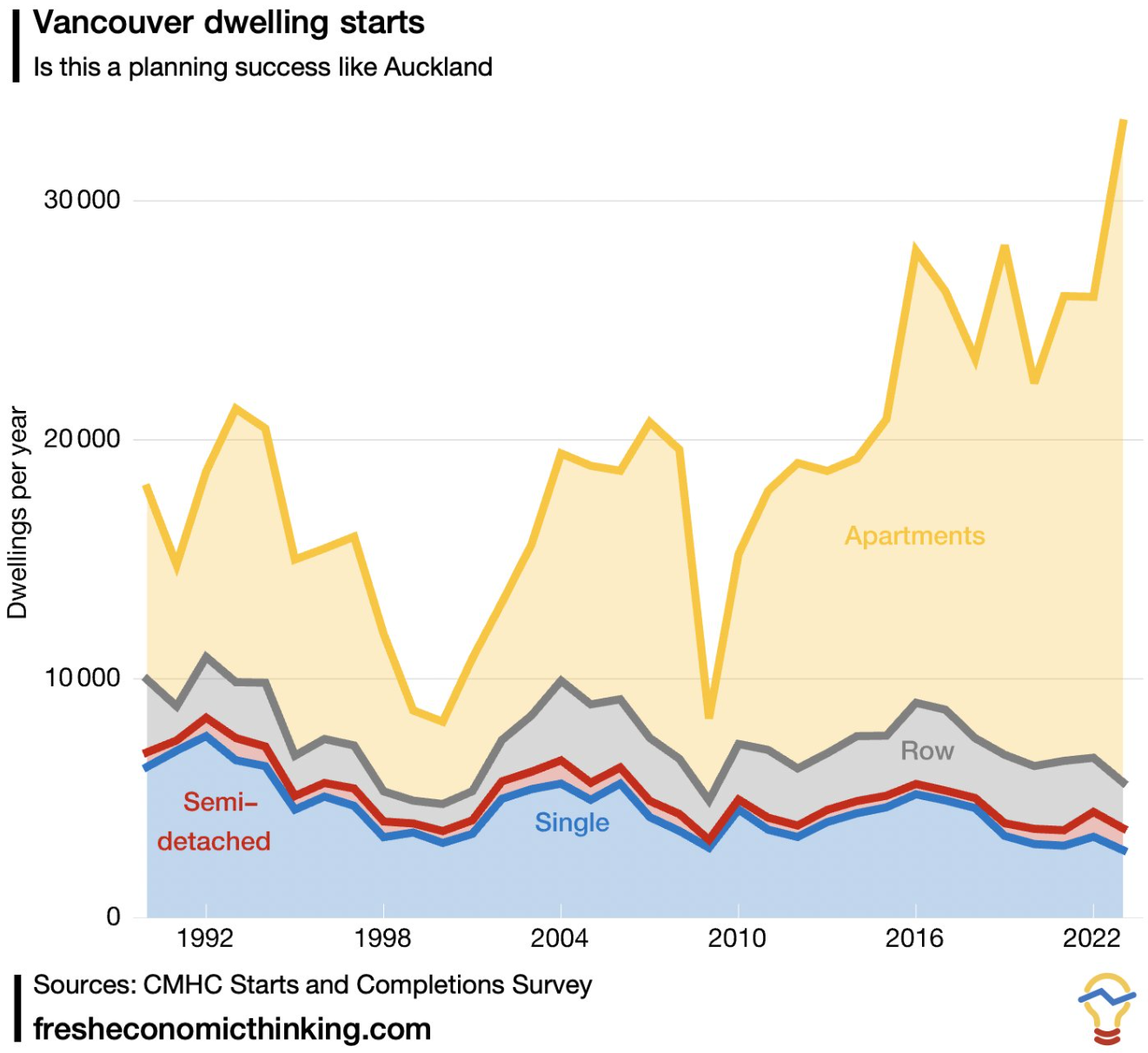
Vancouver has completely transformed into a high-density city following decades of apartment construction.
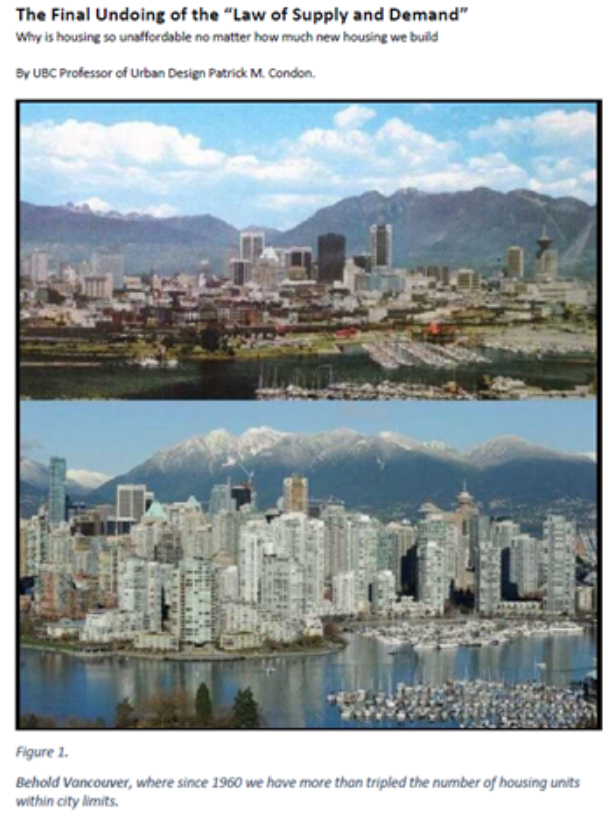
Having North America’s most expensive home prices and rents is hardly a glowing endorsement of YIMBYism if your goal is housing affordability. Don’t be like Vancouver.
YIMBYs also overlook serious concerns around the construction quality of new apartments and exorbitant strata fees.
Australian cities would not have to transform into high-rise slums if the federal government did not expand the population so aggressively through mass immigration.
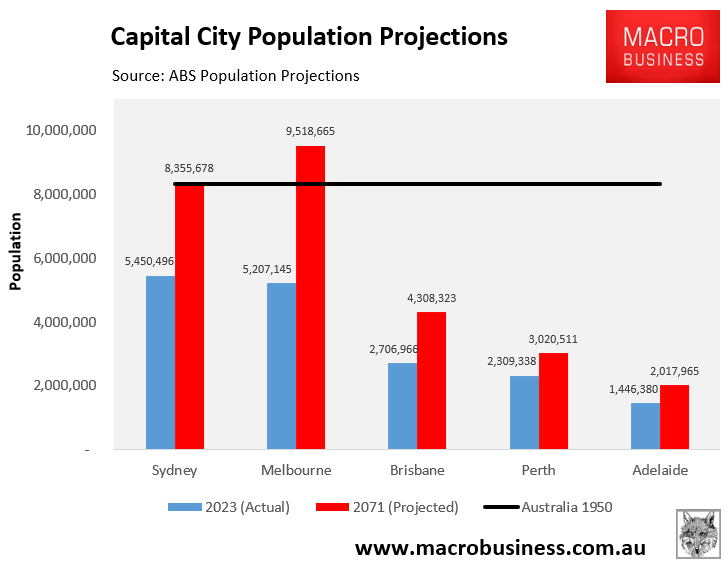
Without net overseas migration, Australia’s population would not grow, eliminating the need to densify our cities and solving the housing shortage.
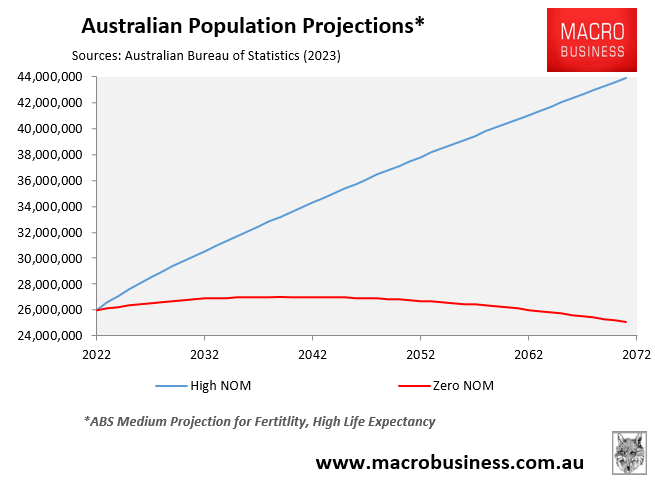
The quickest, cheapest, and simplest solution to Australia’s housing shortage is to limit net overseas migration to a level significantly below the country’s capacity to build housing and infrastructure.
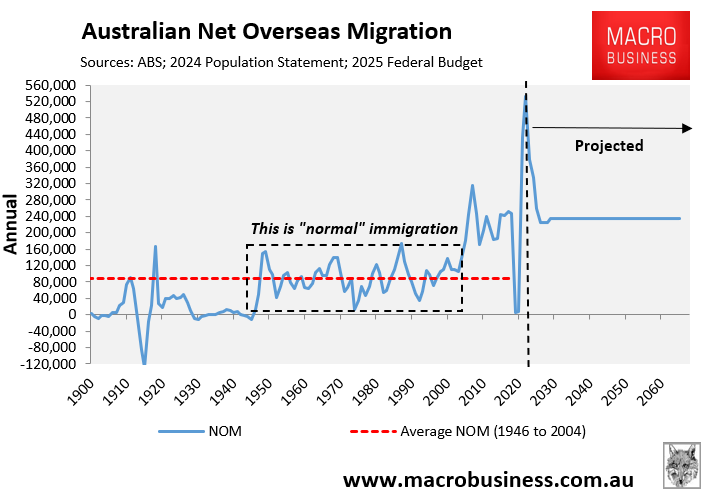
Australia’s housing shortage is the direct result of rapid population growth caused by excessive levels of immigration.
Continuing to import hundreds of thousands of migrants into Australia each year will result in permanent housing shortages and a total transformation of the country’s urban landscapes.
Future Australians should not have to live in overpriced, cramped apartments.

